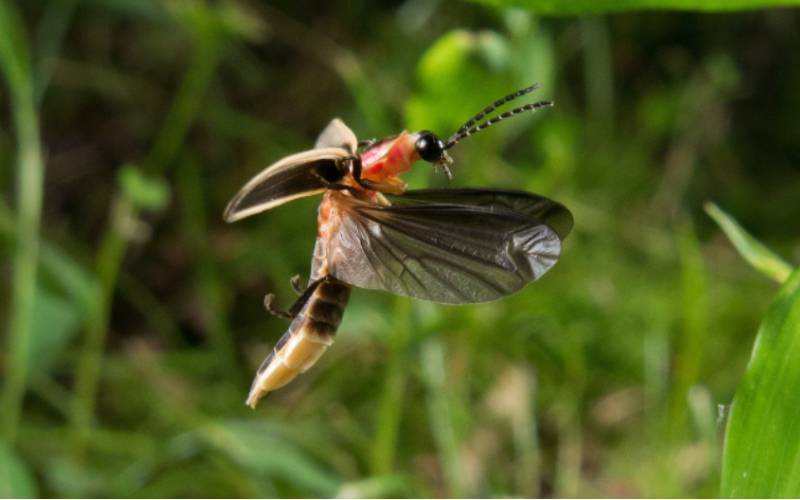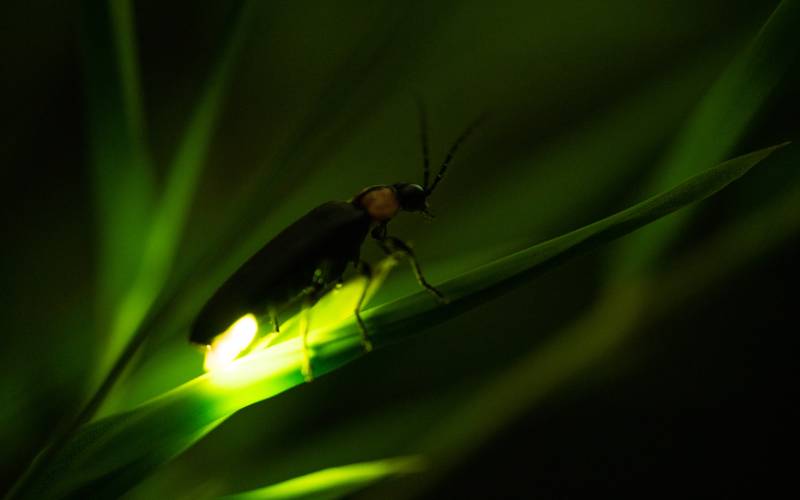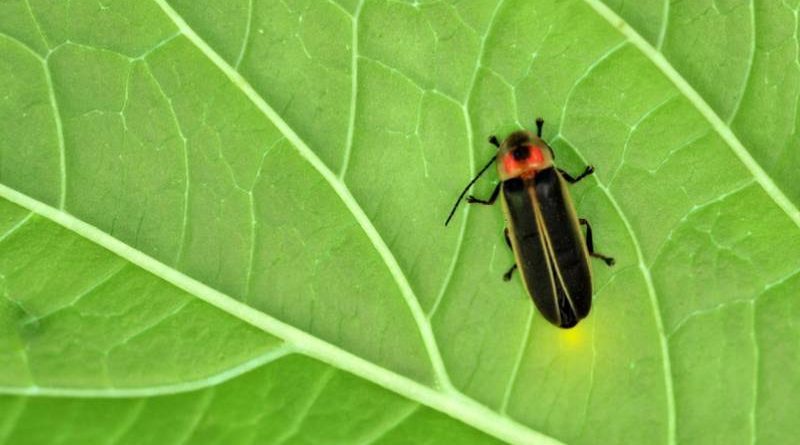Are Fireflies Disappearing?
Summer nights out on the patio with a net and a mason jar are favorite memories for children of all ages. Fireflies are magical creatures of summer. No matter if you are a southerner and call them Lightening Bugs or know them as Fireflies or Glowworms, the numbers of Lampyridae are decreasing all over the world to the same sad song: Habitat degradation, light pollution, and pesticide use.1
Texas has several native fireflies. If you are able to monitor the flashes, you can tell which species you are observing. Here is a link to a Field Guide of Texas Fireflies https://www.firefly.org/field-guides/texas-fireflies/ Did you know that worldwide there are some 2000 different species of firefly. Many of them flash due to a chemical property called bioluminescence. The males have a unique courtship pattern of flashes as they search for females. The females give a flash back to males of their own species.

Firefly Facts
Fireflies are not flies but are soft bodied beetles and like all beetles they undergo metamorphosis with 4 distinct stages: egg, larva, pupa and adult. The complete lifecycle takes a couple of months to a couple of years. Most of their time is spent in the larval stage feeding upon soft-bodied invertebrates.
They have surprisingly short life spans – the adults live for only one season. Most of that time is spent searching for a mate. Once mated, the females lay their eggs and die shortly thereafter. Most fireflies pupate underground or in rotting logs. Adults typically emerge in late spring.
They’re energy efficient. A firefly’s glowing tail uses 100% of the energy it produces to emit light. In contrast, the normal incandescent bulb wastes 90% of its energy as heat and only provides 10% as light. Fireflies produce a “cold light,” with no infrared or ultraviolet frequencies. The light may be yellow, green, or pale red.
Fireflies are culturally significant worldwide. In fact, in Japan, there are parks set aside for the pleasure of firefly viewing.
Gardeners don’t realize that gardens make great natural Firefly habitats, helping to replace shrinking natural habitats. If you are like me and have fought off slugs, snails and other creatures trying to get your crops to grow. Firefly larvae love these critters as food. The trick is to make your garden as natural and appealing as possible. Fireflies spend most of their lives in larval stages. They live in soil, mud, leaf litter and spend from 1-2 years growing until finally pupating to become adults. This entire time they eat anything they can find.
You can help bring back the Fireflies
- Install a water feature in your garden.
- Provide habitat. Let log and leaf litter accumulate.
- Turn off outdoor lights at night. You will never see fireflies under a streetlight! Their mating flashes need the darkness.
- Avoid pesticide use. The best thing you can do to support fireflies is stop using lawn chemicals and broad spectrum pesticides. Firefly larvae eat other undesirable insects, so they are nature’s natural pest control.
- Plant a garden. Fireflies lend a hand controlling slugs, grubs, and other pests. Plus, females need a place to lay their eggs.
- Add compost and leaves to the soil.
- Plant trees and native grasses. This helps retain soil moisture.
- Don’t over-mow your lawn. Invest in areas of native groundcover and leave parts of the lawn natural.
- Don’t rake leaves and bag them for the trash. You are raking up firefly larvae and removing them.

References
https://www.xerces.org/endangered-species/fireflies/how-you-can-help
Farmers’ Almanac Staff Updated: March 25, 2021
From Fireflies: Glowing, Glowing, Gone! By Ben Pfeiffer
Resources
- About Fireflies https://www.xerces.org/endangered-species/fireflies/about
- Fireflies, Glow-worms, and Lightning Bugsby Lynn Faust
- How to build a firefly habitat https://www.firefly.org/build-firefly-habitat
- Certify your yard as a Firefly Habitat https://www.firefly.org/certify
- https://npsot.org/wp/houston/2017/08/13/fireflies-glowing-glowing-gone/












